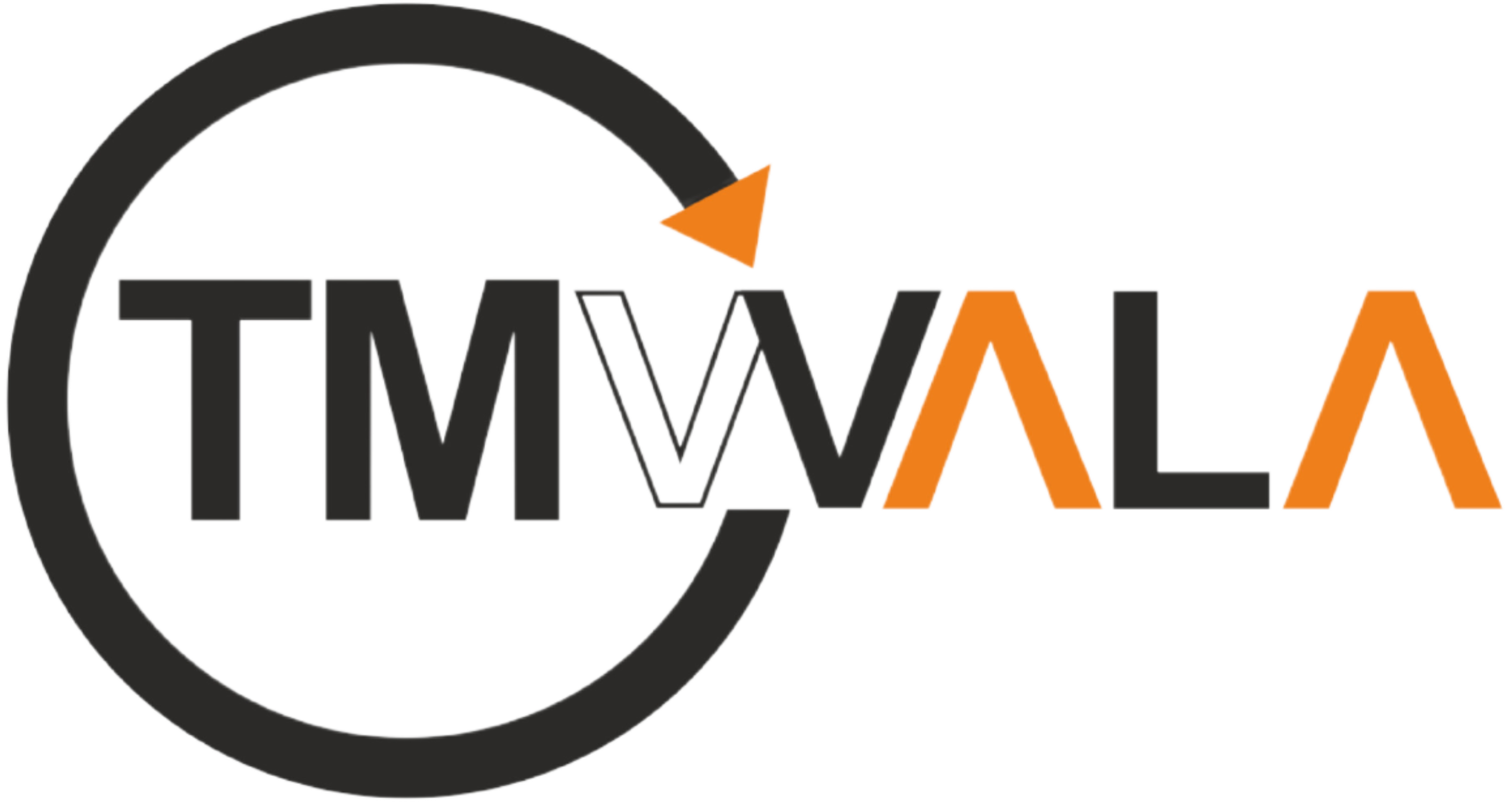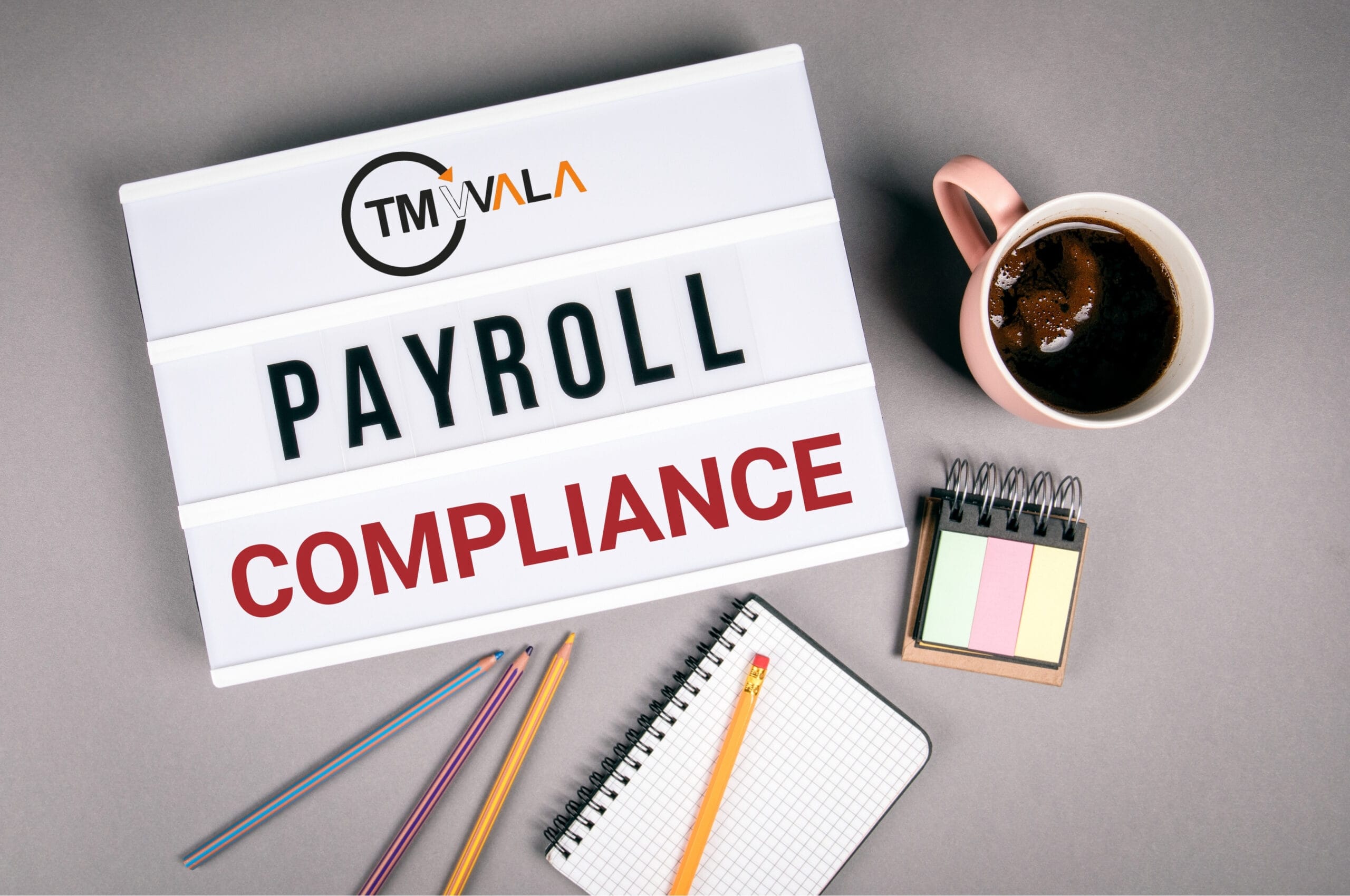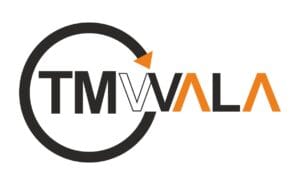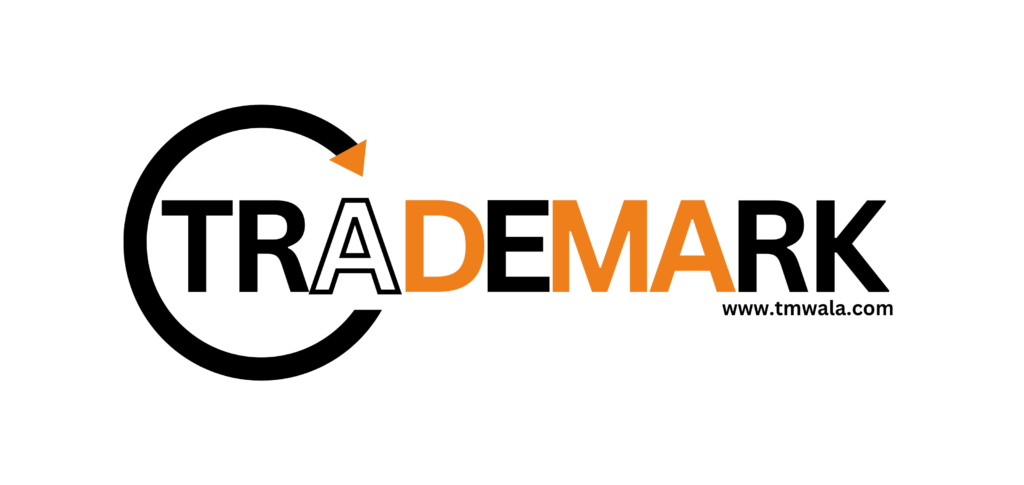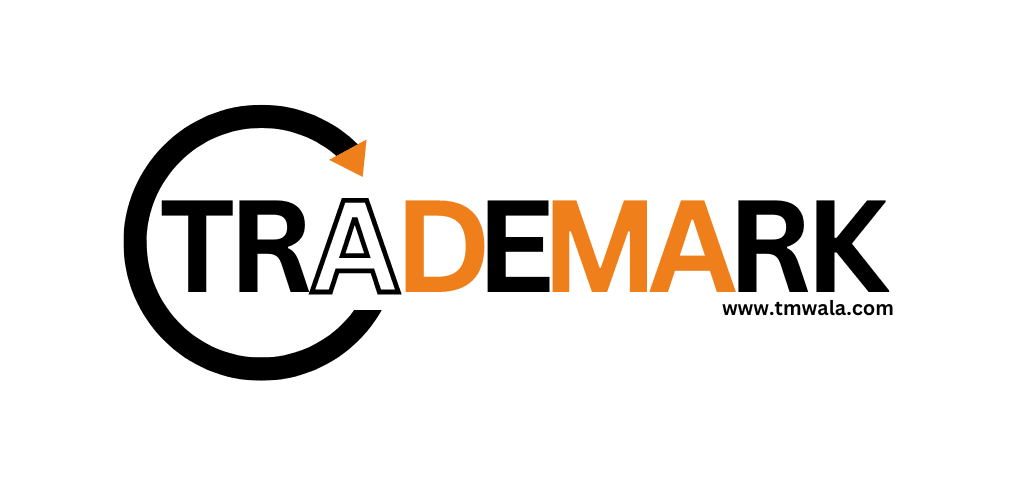INTRODUCTION
Handling the maze of employee tax rules is similar to conducting a complex symphony: every rule is a vital note, and every compliance obligation is a melodic tune. Payroll compliance in India is like fine-tuning a sensitive system; it requires careful attention to detail.
Growing operations introduces more levels of complexity since every state presents its own set of regulations. All the little things, including managing different minimum wages and following unemployment rates, add up to a smooth payroll and legal compliance.
In addition to adhering to the law, businesses must precisely plan their operations to ensure that all employees receive fair compensation and that the law is upheld. Professionalism and regulatory harmony blend together to ensure seamless operations everywhere.
Payroll Regulations in India
A comprehensive comprehension of the principal labor laws and acts is necessary to maneuver through the complex maze of Indian payroll requirements. The country’s organizations rely heavily on these regulations to run smoothly.
- Payment of Wages Act, 1936: This law requires companies to pay wages on time. It allows for freedom in the frequency of payment (monthly, weekly, or daily) and manner of payment (cash or check), while still adhering to federal and state wage rates.
- Minimum Wages Act 1948: This legislation forbids worker exploitation by establishing minimum wage standards that are set by the federal and state governments, guaranteeing fair salaries that are in line with local living expenses.
- Employee State Insurance (ESI) Act 1948: Employers contribute 3.25% and employees contribute 0.75% to the Employee Savings and Insurance (ESI) system, which is intended to support workers during medical emergencies, accidents, and maternity leave.
- Employees Provident Fund (EPF) Act, 1952: Encouraging social security, the EPF plan receives contributions from both employers and employees, who each contribute 12% of their base wage and Dearness Allowance (DA).
- Maternity Benefits Act, 1961: Subject to a minimum tenure requirement, this act guarantees female employees in companies with more than 10 employees mandatory maternity benefits, including paid leave.
- Labour Welfare Act, 1965: This statute places particular duties on employers to protect employee welfare, with the goal of improving working conditions and social security for workers.
- The Payment of Bonus Act, 1965 : guarantees that workers who have worked for a minimum of 30 days would receive bonuses depending on their compensation and the earnings of the company.
- The Payment of Gratuity Act ,1972 : ensures financial stability for employees by requiring gratuity payments to be made to them in establishments with 10 or more employees.
- Tax Deducted at Source (TDS): In accordance with income tax laws that apply to all employees who fall within certain salary levels, employers withhold taxes prior to disbursing salaries.
Businesses that operate globally must manage complex global payroll standards in addition to local regulations.
- European Union Working Time Directive (WTD): establishes minimum break times, paid leaves, and restrictions on weekly working hours and overtime.
- Wages Protection System of UAE: mandates that businesses register with it and pay workers through authorized banking institutions on schedule.
- UK Employment Rights Act: establishes regulations for parental absences, employment contracts, unjust dismissal, and dismissal notifications in the country.
- Labor Standards of japan: Addresses minimum wage rates, restrictions for overtime, working hours, and other things pertaining to employment.
- Labor Law of the People’s Republic of China: offers detailed regulations for working hours, conditions, welfare, and overtime for Chinese workers.
Payroll processing in India
Pre-Payroll Activities
- Defining Payroll Policies:
The first step is to create detailed policies that control the payroll procedures. These policies are essential and need management permission to establish consistent procedures. Examples of these policies are the pay, attendance, leave, and benefits policies, among others.
- Collecting Inputs:
Carefully gathered inputs from multiple departments are done during this stage. This guarantees correct payroll computation and integrates departmental data that is necessary for precise financial management.
| Source of Data | Data Example |
| Employees | Income tax declaration, facilities availed, and more |
| HR team | Salary structure, eligibility for benefits |
| Finance team | Deduction for recoveries |
| Leave and attendance systems | Data from attendance systems, current work shift, etc. |
| General service providers | Transport service provider, canteen vendor, etc. |
This data collection can seem tedious at first but registering with TMwala will make it more hassle-free.
- Input validation:
It’s vital to guarantee the integrity and correctness of the data collected because even small mistakes might cause the payroll process to break down completely. It’s critical to confirm that the data is accurately formatted, contains only current personnel, and complies with business regulations.
- Payroll Calculation:
After the input data has been verified, the payroll system processes it in order to precisely calculate wages. After accounting for taxes and other deductions, each employee’s net pay is obtained.
- Reconciliation and Careful Verification of Accuracy:
Following payroll processing, it is essential to carefully check accuracy and reconcile numbers. In addition to ensuring compliance with corporate policies and regulatory standards, this phase mitigates potential errors.
Post- Payroll
- Statutory Compliance:
Payroll administrators must strictly conform to the obligations set down by statute. This covers deductions for things like EPF, TDS, and ESI made during payroll processing in order to guarantee legal compliance and prompt submission to the appropriate authorities.
- Payroll Accounting:
Keeping up-to-date books of accounts is crucial for every business, and salaries are a big part of them. This guarantees adherence to auditing requirements and financial transparency.
- Payout Procedure:
Salary payments are made by bank transfer, check, or cash if statutory requirements are satisfied. Setting up salary accounts for staff members improves efficiency and allows for smooth transactions.
- Reporting:
The last phase entails creating thorough reports that break down staff expenses by department or area. These reports offer insightful information that is helpful for financial planning and decision-making.
Various methods of payroll management
Excel-based payroll management
Excel-based payroll management is frequently selected for startups or smaller businesses. This approach makes use of Excel spreadsheets with pre-made payroll computation templates. Payroll officials can compute accurately with the help of these templates, which make use of built-in mathematical formulas.
Difficulties: Nevertheless, Excel-based systems can face a number of difficulties.
- Error Risks: The accuracy of payroll is impacted by the possibility of clerical and mathematical errors that come with manual data entry.
- Employee Management: It might be difficult and error-prone to keep track of who is added to and removed from the payroll list.
- Problems with Data Integrity: Often overlooked details and duplicate data can have an impact on payroll consistency.
- Compliance Monitoring: To stay current on tax updates and legislative changes like PF and PT laws, regular monitoring is required.
Outsourcing Payroll
When the payroll function is outsourced, it is handled by an outside organization. Other data, like attendance, leave, and reimbursement details, are provided by the payroll service provider depending on the monthly pay cycle.
After that, the external service provider handles legislative compliance and payroll computation. Payroll is an essential duty.
Payroll compliance checklist
- Create a Payroll and Compliance Calendar: To guarantee prompt completion and deadline observance, create a systematic schedule for payroll processing and compliance activities.
- Employer Misclassification Checklist: Make use of a checklist to correctly categorize staff members and steer clear of misclassification traps that might result in compliance problems.
- Select the Proper Compensation Structure and Frequency: To guarantee adherence to wage and hour legislation, coordinate pay schedules and methods of compensation with government guidelines.
- Extensive Document and Form Verification: Throughout the hiring process, carefully review all documents and forms to ensure that they are accurate and compliant with legal standards.
- Provide Explicit Onboarding Procedures: Clearly outline the steps involved in lawfully acclimating new hires, including compliance checks and the required paperwork.
- Quickly Add New Hires to the Payroll System: As soon as they begin work, new hires should be integrated into the payroll system to guarantee compliance and expedite payment procedures.
- Payroll Compliance Training: Ensure that your staff is informed of all legal requirements and processes by providing them with thorough training on payroll compliance practices.
- Assure Payroll System Security: To safeguard confidential employee information and stop illegal access, put strong security measures in place for your payroll system.
- Keep an eye on State and Local Payroll Regulations: Keep yourself updated on any new state or local payroll laws that might have an effect on your company’s operations.
- Invest in Payroll Software and Automation: To cut down on human error and increase efficiency, implement dependable payroll software to automate computations and repetitive processes.
- Keep Up with Laws and Regulations Regarding Payroll: Acquaint yourself with the most recent laws and regulations pertaining to payroll to guarantee continued adherence to evolving regulatory mandates.
- Make Notes for Updates on Legislation: Set up recurring reminders to minimize compliance risks by reviewing and implementing modifications to the current payroll regulations.
- Examine Third-Party Payroll Tax Compliance Support: To ensure precise compliance and negotiate the complicated payroll tax requirements, seek outside help when necessary.
- Plan Frequent Payroll Audits: Make sure all payroll procedures are accurate and compliant by conducting routine audits to find and fix inconsistencies.
Navigating The Maze: Common Payroll Compliance Mistakes
Maintaining payroll compliance is critical to building moral business practices and long-term profitability. Let’s dissect the essential components:
- Classification of Employees : To what extent do you feel secure in your employee classifications? Legal issues may arise from misclassifying contractors or full-time employees. Making accurate classifications is essential to avoiding these problems.
- Pay Schedule Compliance : Do you follow a trustworthy pay schedule? Maintaining regular pay schedules increases employee trust and morale. Any variations may have a detrimental effect on employee engagement.
- Accuracy of Tax Deduction : Are you making accurate tax deductions? Tax computation errors can carry significant penalty. Maintaining precision in deductions is essential to avoiding these fines.
- Data Integrity and Documentation : How meticulously do you keep your records? Keeping thorough records is essential to guaranteeing adherence to regulations and settling disagreements that may occur.
- Modernization and Automation : Is the payroll system you use current? Payroll systems that are too old can be a productivity drain. Upgrades to current software improve compliance and management effectiveness.
- Internal Regulators : Have you implemented strong internal controls? Robust internal controls offer openness and accountability, which lowers the possibility of fraud in HR departments.
“TMWALA” is here to help:-
By guaranteeing correct employee classification, automating pay schedules for consistency, and utilizing sophisticated tax calculation to prevent fines, TMWALA assists firms in managing payroll compliance. It updates payroll systems for efficiency, merges data for compliance, and keeps extensive documentation. Along with defining payroll policies, validating data, and managing statutory compliance, accounting, payouts, and reporting, TMWALA also puts strong internal controls in place to lower the risk of fraud. TMWALA ensures regulatory harmony and operational excellence for businesses by providing frequent audits, third-party tax support, payroll automation to minimize errors, and a secure system with a misclassification checklist, compliance calendar, and appropriate compensation structure.
IMPORTANT FAQs
1. Why is accurate employee classification important?
Answer: Misclassifying employees can lead to legal issues, fines, and penalties. Proper classification ensures compliance with labor laws and prevents disputes.
How TMWALA Can Help: TMWALA’s Classification Wizard guides you through the classification process, ensuring accurate categorization of full-time employees and contractors.
2. How can I ensure adherence to pay schedules?
Answer: Consistent pay schedules are essential for maintaining employee morale and trust. Adhering to these schedules avoids legal repercussions and keeps employees satisfied.
How TMWALA Can Help: TMWALA’s Automated Pay Schedules feature ensures timely and consistent payroll processing, fostering employee trust and engagement.
3. What are the consequences of inaccurate tax deductions?
Answer: Inaccurate tax deductions can result in hefty fines and penalties, along with potential legal issues and loss of employee trust.
How TMWALA Can Help: TMWALA’s Tax Calculation Engine accurately computes deductions, ensuring compliance with tax regulations and preventing costly errors.
4. Why is documentation and data integrity crucial in payroll processing?
Answer: Thorough and accurate documentation is essential for compliance, resolving disputes, and maintaining transparency in payroll processing.
How TMWALA Can Help: TMWALA’s Comprehensive Record-Keeping module maintains detailed and accurate records, ensuring compliance and facilitating dispute resolution.
5. How can modern payroll systems improve compliance and efficiency?
Answer: Modern payroll systems reduce manual errors, improve efficiency, and ensure compliance with the latest regulations.
How TMWALA Can Help: TMWALA offers state-of-the-art payroll software that automates payroll processes, enhances accuracy, and ensures regulatory compliance.
6. What role do internal controls play in payroll compliance?
Answer: Strong internal controls prevent fraud, ensure accountability, and maintain transparency within the HR and payroll departments.
How TMWALA Can Help: TMWALA provides robust internal controls, offering features that enhance security and accountability, reducing the risk of payroll fraud.
7. How can businesses stay updated with changing payroll laws and regulations?
Answer: Regular monitoring of legal updates and integrating them into payroll processes is essential for compliance.
How TMWALA Can Help: TMWALA keeps you informed of the latest payroll laws and regulations, ensuring your payroll system is always up-to-date and compliant.
8. What are the benefits of outsourcing payroll functions?
Answer: Outsourcing payroll functions can reduce errors, ensure compliance, and allow businesses to focus on core activities.
How TMWALA Can Help: TMWALA offers comprehensive payroll outsourcing services, handling everything from payroll calculations to statutory compliance, freeing up your resources to focus on business growth.
